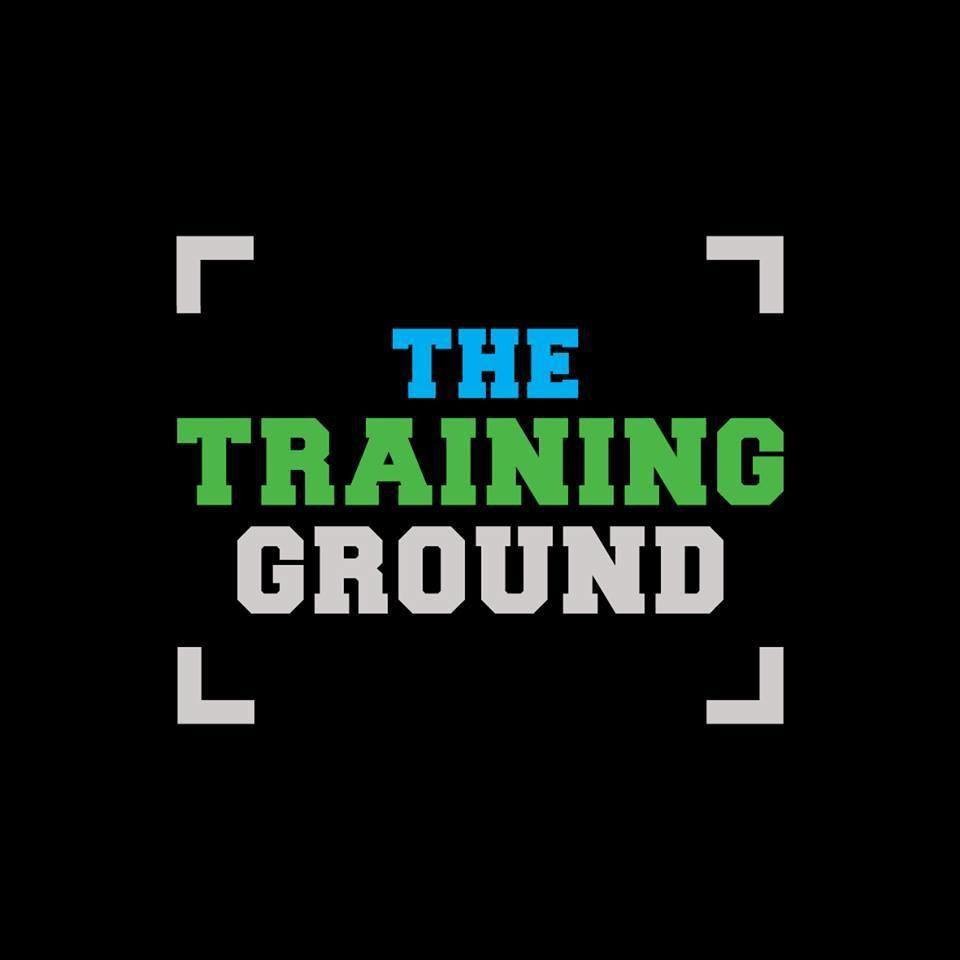WHAT MAKES AN EXERCISE FUNCTIONAL?
- TTG Staff

- May 7, 2019
- 3 min read
Updated: May 1, 2024
Across the fitness industry, we continuously hear businesses and trainers refer to ‘functional’ exercises. If you are like many people, your health and wellness goals might be similar to the ones below.
“I just want to move a bit better.”
“I’m not entirely happy with the way I look.”
“I’d love to have more energy to play with the kids.”
What exactly is a functional exercise & how could/would this help me?
In my humble opinion, functional exercise is defined by the customer (i.e., YOU), so setting SMART (specific, measurable, achievable, realistic, and time-bound) goals with your personal trainer will ensure that your program is tailored to your needs.
Think of it this way: If the programming police stopped you and your trainer mid-session and asked, “Why are you doing this exercise?” Could he/she come up with a valid answer? Can they justify how this exercise will help you pick up your grandchild without lower back pain or help reduce your elbow pain when at the computer?
Let’s look at a few examples from clients I have worked with over the years:
Client 1: 50 yr. old male, post-shoulder surgery
Goal: Return to work as an air conditioning mechanic
Functional Exercise: Barbell shoulder press and reach, replicating his movement pattern when lifting an external air conditioning unit onto wall-mounted brackets.

Client 2: 21 yr. Old female diagnosed with scoliosis of the spine (i.e. the spine has an ‘s’ shape when looking at them from the side)
Goal: Run without low back pain
Functional exercise: Kneeling Birddog teaches the client to simultaneously recruit the Glutes and Lats (Latissimus Dorsi) to essentially ‘brace’ the lower back.

Client 3: 42 yr. old corporate executive with depression
Goal: Improve working memory (i.e. focus, attention and short-term memory)
Functional exercise: Jogging outdoors to increase ‘feel good’ brain chemicals such as dopamine and increase oxygen-rich blood flow to the brain.
Exercise specificity has three (3) core elements:
Movement specificity—Does the exercise simulate/replicate the movement patterns that align with the goal? For example, a floor-to-waist deadlift replicates picking up a toddler.
Posture specificity – does the exercise simulate/replicate the posture required? If the goal requires you to be standing, is the exercise also performed standing?
Speed specificity – does the speed/velocity of the exercise replicate what is required? I still can’t determine why 50-100m sprint swimmers complete long-slow distance sessions of 7-8km in the pool!
So, how do you determine if your trainer is prescribing an exercise intervention that is ‘functional?’
I like to adopt what I call the ‘3 treatment rule.’ That is:
"After 3 sessions can you notice some improvement in your function and/or symptoms, and/or, can you clearly see a plan for how the trainer will get you to your goal/s?"
Here are a few other questions that will help you identify a fitness and health professional who is customer-focused and functionally minded.
Do you have regular health and fitness appraisals to track progress towards your goal/s?
Can you confidently finish this sentence? “I know my exercise program is effective because I notice…”
Does your trainer document your workouts and adjust sessions to ensure you don’t plateau?
Remember, you, the client, determine what is functional. Your trainer is the vehicle that develops a movement intervention to get you there!
Author: Brad McGregor
MSptSc, Accredited Exercise Physiologist.




Comments